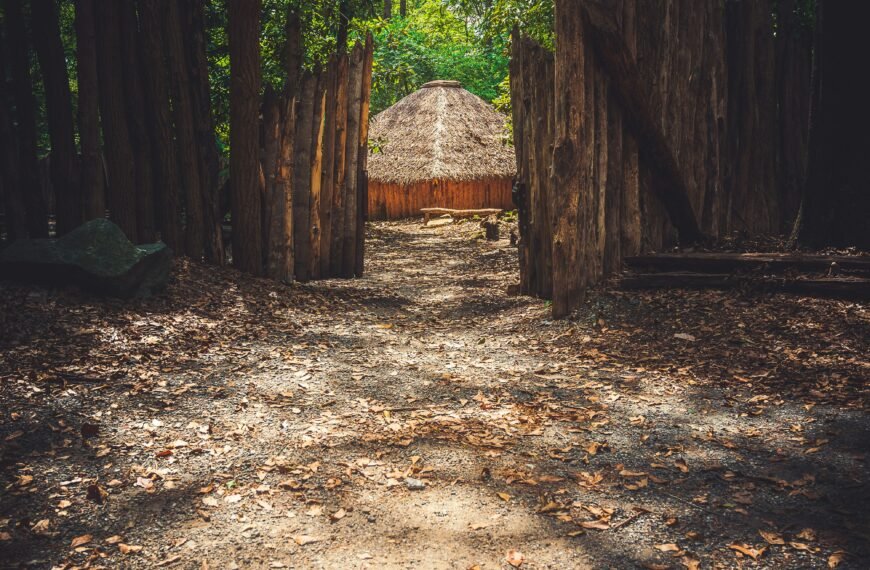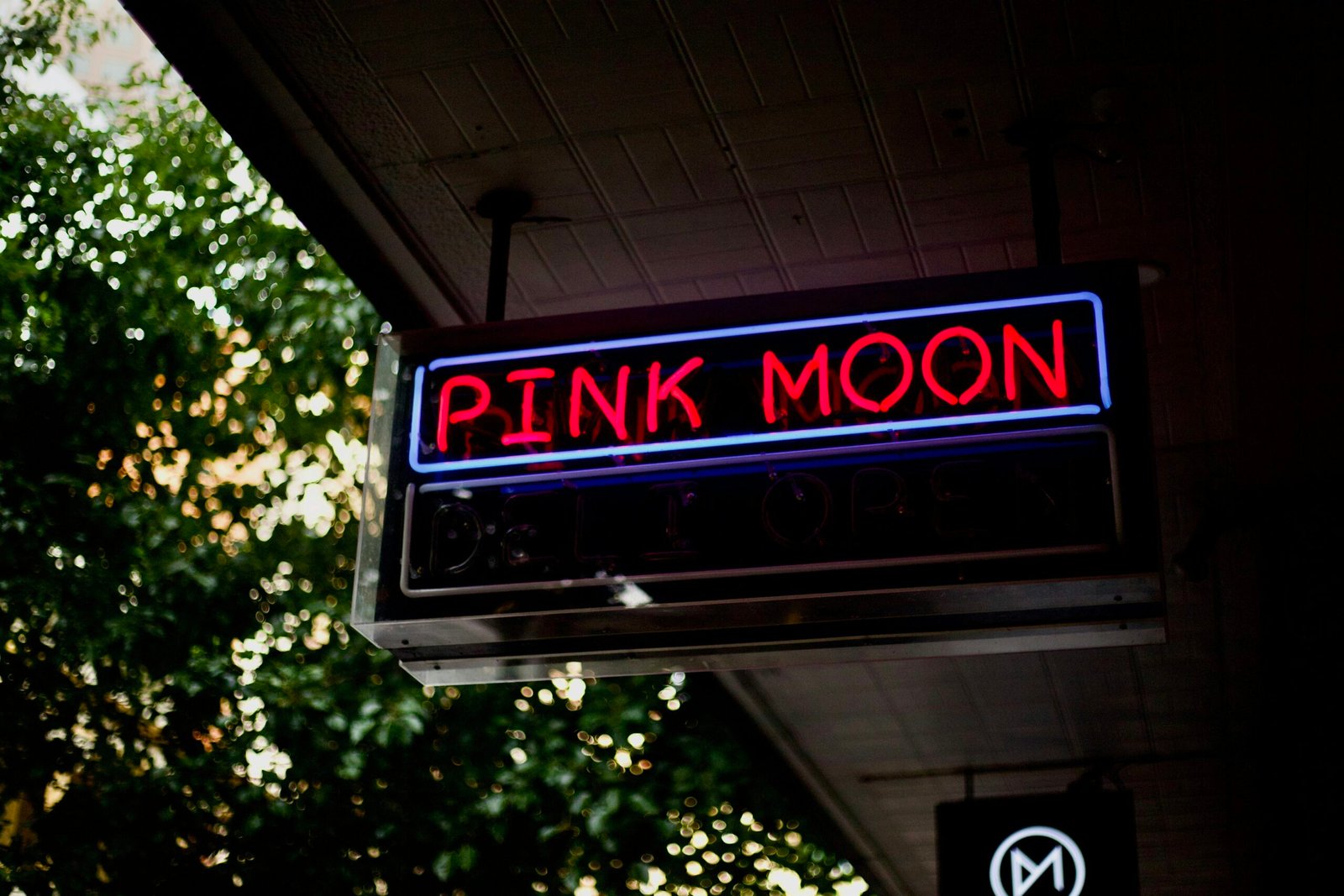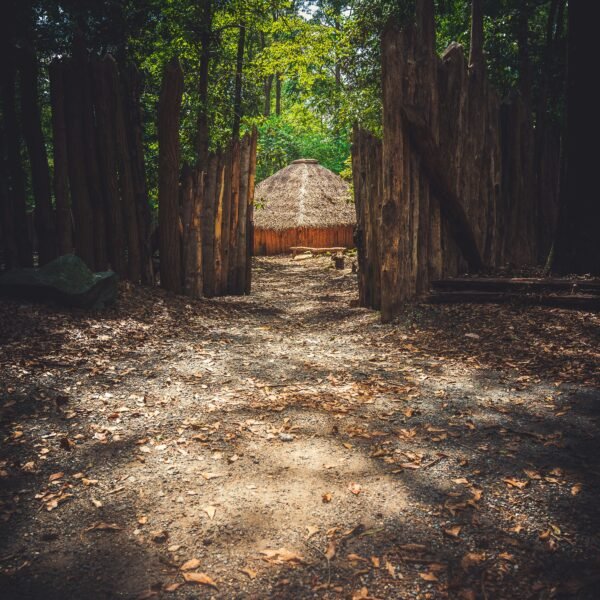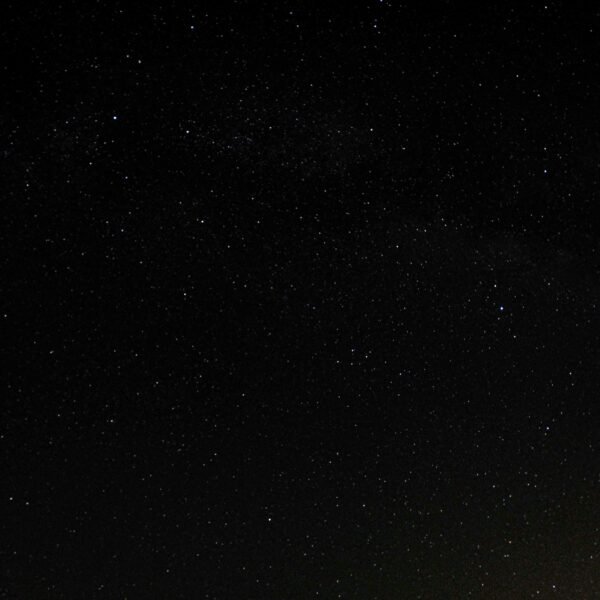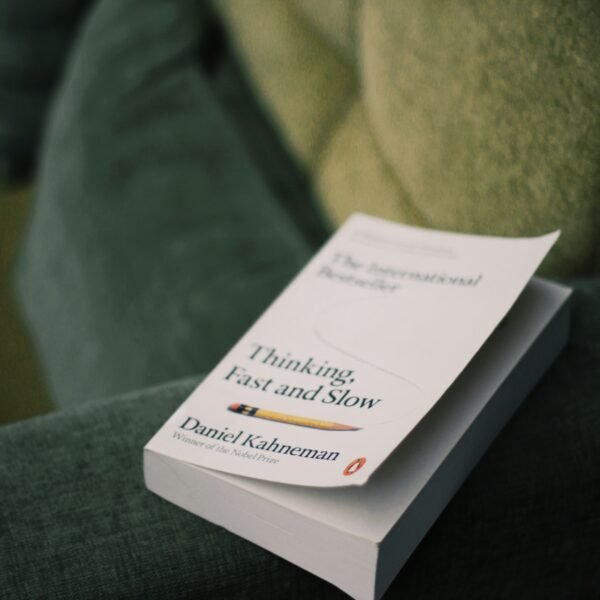Exploring the Common Ground and Conflict between Two Stars of Land Art
Have you ever wondered about the similarities and differences between two prominent figures in the world of land art? Teresita Fernández and Robert Smithson are both celebrated artists known for their deep engagement with geology, civilization, and landscape. In this article, we will delve into their works to uncover the common ground and conflicts that emerge between these two luminaries.
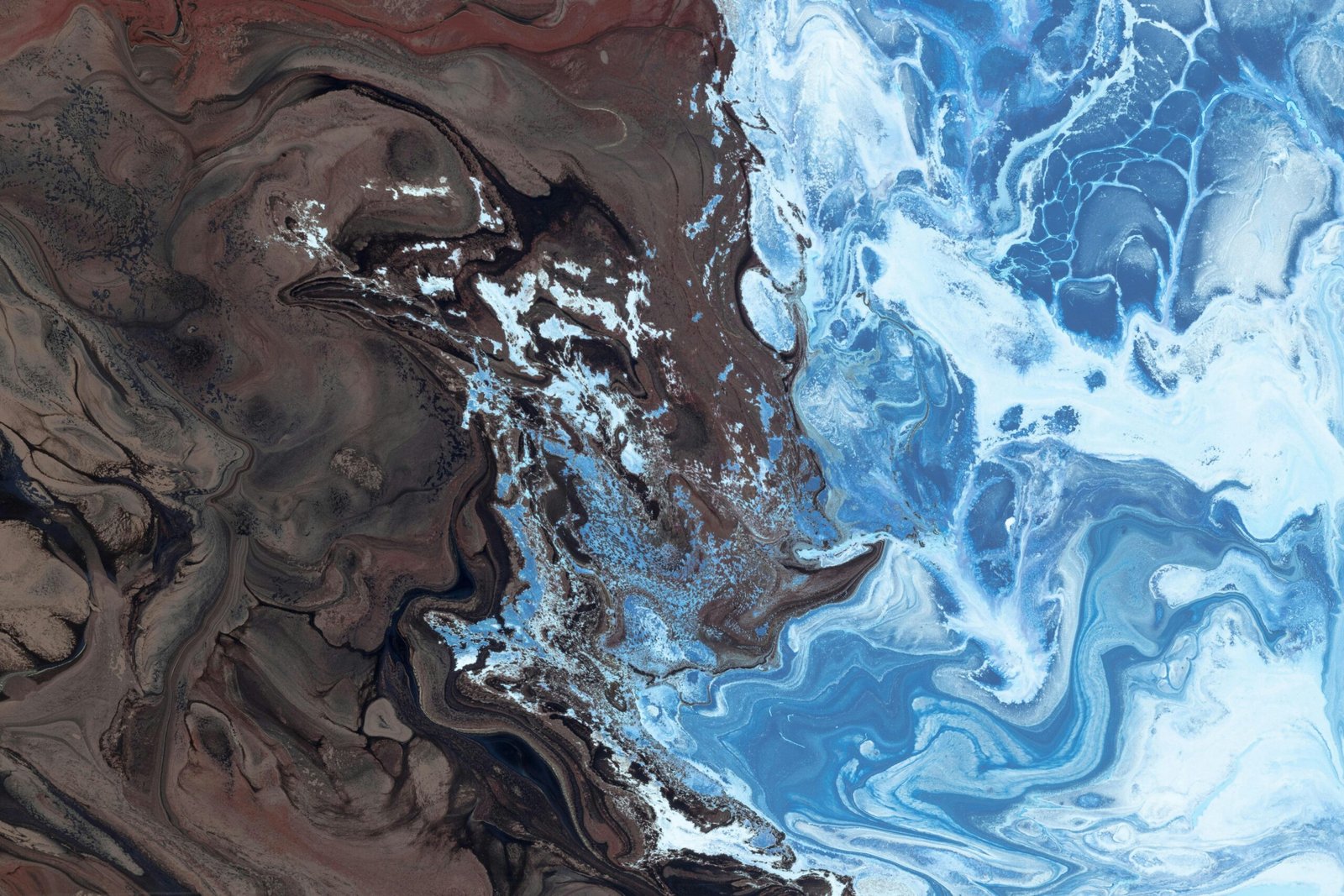
Teresita Fernández: A Contemporary Vision of Geology and Civilization
Let’s start by taking a closer look at Teresita Fernández’s artistic practice. Born in Miami in 1968, Fernández has established herself as a leading figure in contemporary art, particularly known for her sculptural clouds composed of materials like glass and graphite. Her work often explores themes of geology, civilization, and the interaction between culture and the natural landscape.
Fernández’s pieces exude a sense of formal elegance, allowing the materials she uses to speak for themselves. Through her meticulous approach to creating art, she invites viewers to contemplate the beauty and complexity of the world around them. By juxtaposing nature with man-made elements, Fernández’s work prompts us to reconsider our relationship with the environment.
Robert Smithson: Pioneering Earthworks and Theoretical Reflections
Now, let’s shift our focus to Robert Smithson, an influential artist and writer who rose to prominence in the 1960s and 70s. Smithson is best known for his groundbreaking earthworks, such as the iconic “Spiral Jetty” in Utah’s Great Salt Lake. Through his expansive sculptures that interact with the landscape, Smithson challenged conventional notions of art and its relationship to nature.
In addition to his artistic practice, Smithson was a prolific theorist who delved into topics like ruination and entropy. His essays offered deep reflections on the role of art in contemporary society and the inevitability of decay. By embracing a conceptual approach to art-making, Smithson paved the way for future generations of artists to explore the boundaries of creativity.

Shared Themes: Landscape, Time, and Culture
Despite their divergent styles and methodologies, both Teresita Fernández and Robert Smithson share a deep connection to certain overarching themes in their work. The concepts of landscape, time, and culture serve as foundational elements that underpin their artistic practices and shape their interactions with the world around them.
For Fernández, landscape becomes a canvas onto which she projects her reflections on identity, memory, and place. By exploring the intersection of natural and artificial elements, she invites viewers to reconsider the boundaries between the two. Through her sculptural interventions, Fernández transforms familiar landscapes into sites of contemplation and wonder.
On the other hand, Smithson’s approach to landscape is more cerebral, focusing on the geological and cultural histories embedded within the earth. His earthworks, like the “Spiral Jetty,” serve as monuments to the passage of time and the cyclical nature of existence. By engaging with the land on a monumental scale, Smithson invites us to reflect on our place in the larger sweep of history.
Contrasting Perspectives: Mercurial vs. Meditative
While both Fernández and Smithson grapple with similar themes in their work, their approaches to these concepts often diverge in tone and style. Smithson’s mercurial and intellectual musings on art and nature stand in contrast to Fernández’s more meditative and contemplative creations. The clash of these perspectives gives rise to a rich dialogue that animates their shared exhibition at Site Santa Fe.
Smithson’s propensity for complex theoretical frameworks and experimental practices contrasts sharply with Fernández’s emphasis on materiality and form. Where Smithson sought to challenge the boundaries of art through his conceptual inquiries, Fernández finds beauty and meaning in the inherent qualities of the materials she employs. This tension between intellect and emotion infuses their works with a dynamic energy that underscores the complexity of the artistic process.
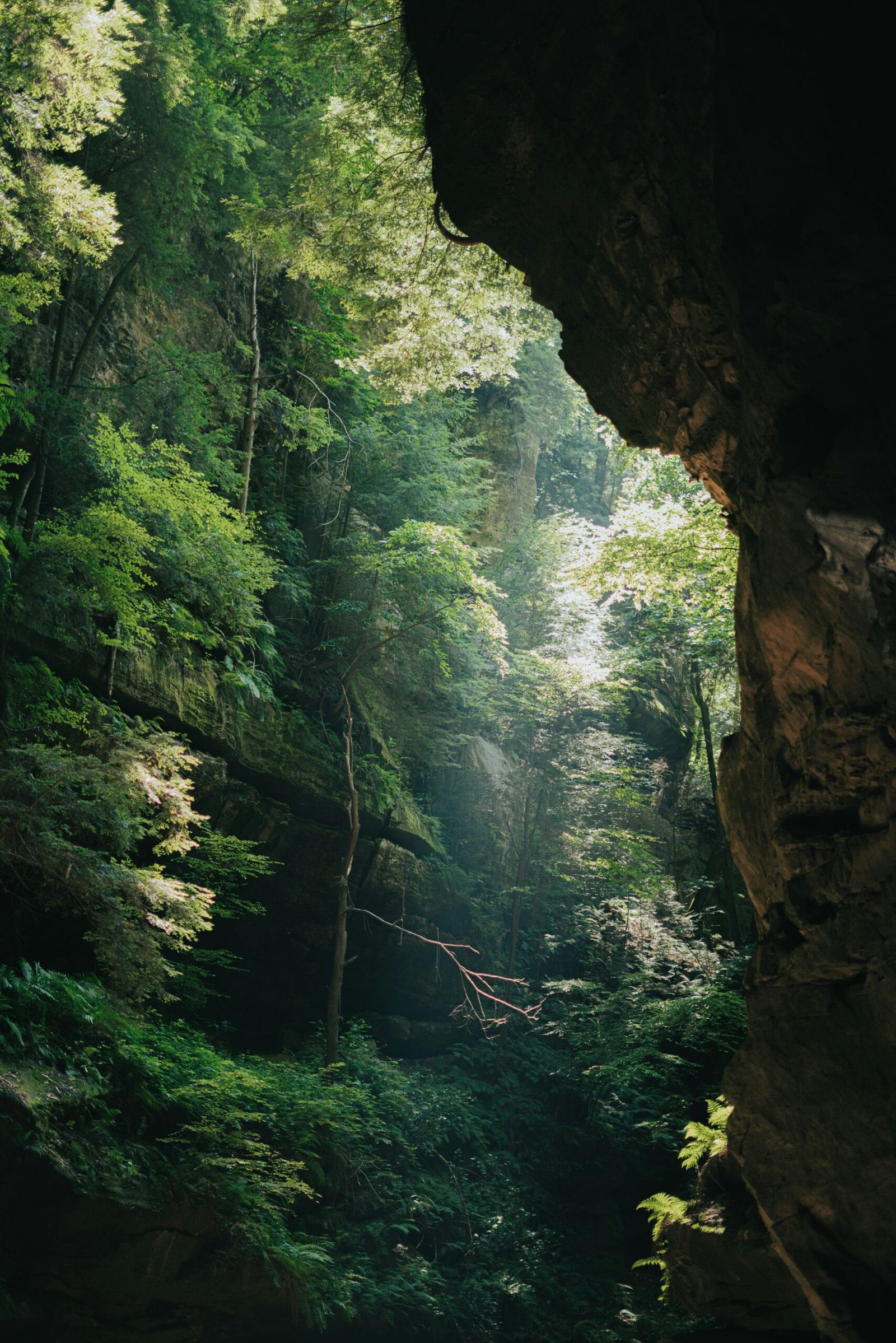
Legacy and Response: Navigating the Patriarchal Landscape
One of the underlying threads that runs through the exhibition of Teresita Fernández and Robert Smithson’s works is their engagement with the patriarchal legacy of landscape art. Smithson, as a male artist working in a predominantly male-dominated field, embodied and critiqued the traditional notions of landscape as a masculine, conquering space. Fernández, as a female artist navigating this legacy, offers a thoughtful response that challenges and reframes our understanding of the natural world.
Through pieces like her “Nocturnal” series, Fernández interrogates the masculine tropes of landscape painting that have long dominated art history. By reinterpreting and subverting these conventions, she asserts her presence within the narrative of land art and opens up new possibilities for future generations of artists. Smithson’s influence looms large over the exhibition, but Fernández’s interventions reveal the enduring relevance of her own artistic vision.
In conclusion, the pairing of Teresita Fernández and Robert Smithson at Site Santa Fe offers a compelling exploration of the common ground and conflicts that emerge between two stars of land art. Through their respective works, Fernández and Smithson invite us to reconsider our relationship with the natural world, challenge traditional notions of landscape art, and contemplate the enduring power of art to shape our perceptions of the world around us. As you delve further into the intricacies of their creations, remember to pause and reflect on the beauty and complexity of the landscapes that inspire them.


